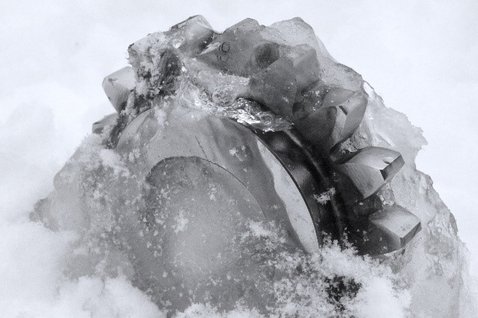Research Topic
| Short Title | Low Temperatures III |
| Start of Project | Q2/2022 |
| Funding | FVA-Nr. 612/IV, IGF-Nr. 22373 N Federal Ministry for Economic Affairs and Climate Action, BMWK |
| Project Partner | Leibniz-Institut für Werkstofforientierte Technologien, IWT |
| Contact | Dr.-Ing. T. Tobie |
Project Description
Components such as gears can be exposed to low temperatures in different ways. The effects of low temperature influence have already been investigated in previous research projects (FVA 612 I [Dob14], FVA 612 II [Kra21]) Based on these investigations, the influence of low temperatures on the tooth root and tooth flank load carrying capacity of case hardened gears can be well quantified. However, there is currently insufficient information available for transferability to more moderate low temperature ranges and to larger gear sizes. Furthermore, the interdependencies which, depending on the material, lead to altered surface layers and geometry properties and consequently to changes in load carrying capacity, have not been conclusively clarified.
The transformation processes are to be researched through targeted variation of the low temperature treatment parameters and possibilities for optimizing desired surface layer properties are to be investigated. A material dependence of the effects will be examined in order to be able to derive material recommendations if necessary. The targeted compensation of the micro-geometry changes enables statements to be made about the sole influence of the changed surface layers on the load carrying capacity.
The increased assessment reliability of low temperature-related load carrying capacity influences and the understanding of the underlying mechanisms lead directly to an increase in the application safety of transmission components. The potential for increasing the strength properties or preventing strength-reducing effects due to low temperatures is high and will probably enable the introduction of new, coupled heat treatment and low temperature treatment concepts.
The simple, process-safe application of low temperatures with low investment costs benefits SMEs in particular if the results are promising, as they can adapt the results without major investments.
Literature
[Dob14] Dobler, F.; Hoja, T.; Tobie, T.; Hoffmann, F.; Stahl, K.; Zoch, H.-W.: FVA-Nr. 612 I - Heft 1106 - Tiefe Temperaturen - Abschlussbericht - Einfluss von tiefen Temperaturen auf die Festigkeitseigenschaften einsatzgehärteter und verzahnter Bauteile, Frankfurt am Main (2014).
[Kra21] Kratzer, D.; Surm, H.; Tobie, T.; Steinbacher, M.; Stahl, K.; Fechte-Heinen, R.: FVA-Nr. 612 II - Heft 1440 - Tiefe Temperaturen II - Abschlussbericht - Einfluss von tiefen Temperaturen auf die Flankentragfähigkeit einsatzgehärteter Zahnräder, Frankfurt am Main (2021).
